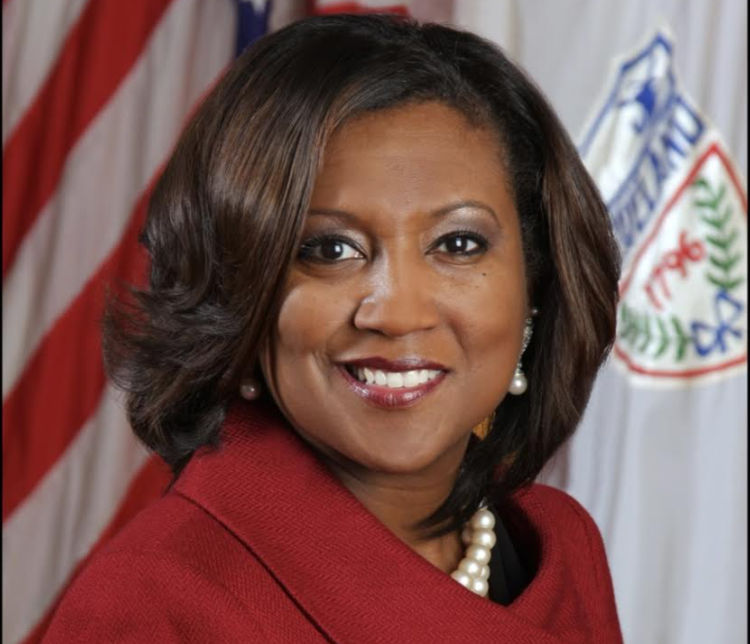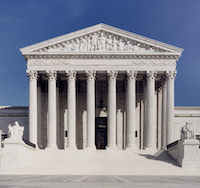A group of Youngstown State University faculty who are trying to get a referendum on the Nov. 4 ballot to stop a controversial higher education law from taking effect completed a major first step.
Members of the Youngstown State University’s chapter of the Ohio Education Association submitted 4,500 signatures to Ohio Secretary of State Frank LaRose and a petition summary to Ohio Attorney General Dave Yost Monday. The first step to getting a referendum on the ballot is to get an initial written petition signed by 1,000 registered Ohio voters.
LaRose must verify the number of valid signatures within 10 business days of receiving the petition. Yost must also certify if he believes the petition summary is a “fair and truthful statement” of the law.
The referendum is an attempt to stop Ohio Senate Bill 1 from going into effect, which is set to become law at the end of June.
S.B. 1 bans diversity efforts, regulates classroom discussion, prohibits faculty strikes, creates post-tenure reviews, puts diversity scholarships at risk, and creates a retrenchment provision that blocks unions from negotiating on tenure, among other things. The law affects Ohio’s public universities and community colleges.
A referendum petition can be filed before the law takes effect and the legislation would be paused.
S.B. 1 moved quickly through the legislature, but there was much opposition from college students, faculty, and staff. State Sen. Jerry Cirino, R-Kirtland, introduced the bill on Jan. 22, it passed in both chambers and Gov. Mike DeWine signed it into law March 28.
“S.B. 1 is yet another nail in the coffins of unions and freedom of speech in Ohio,” YSU-OEA President Mark Vopat said in a statement. “This is a watered-down federal approach to D.E.I. that leaves universities vulnerable because there is no clear guidance on ‘controversial topics,’ while it also attacks union rights. We expect that other public unions will be next.”
What are the next steps in the referendum process?
If LaRose and Yost approve the signatures and summary, then the signature gathering to get the referendum on the ballot begins.
The petitioners would need about 248,092 signatures — 6% of the total vote cast for governor during the last gubernatorial election. The signatures must be from at least 44 of Ohio’s 88 counties. The signatures would likely be due at the end of June.
It would then be up to LaRose to verify the signatures. If it passes those hurdles, the referendum would be referred to the Ohio Ballot Board to determine the language that would appear on the November ballot.
The last time a referendum passed in Ohio was 2011 when voters overturned an anti-collective bargaining law.
• • •• • •
This story is provided by Ohio Capital Journal, a part of States Newsroom, a national 501(c)(3) nonprofit. See the original story here.






















